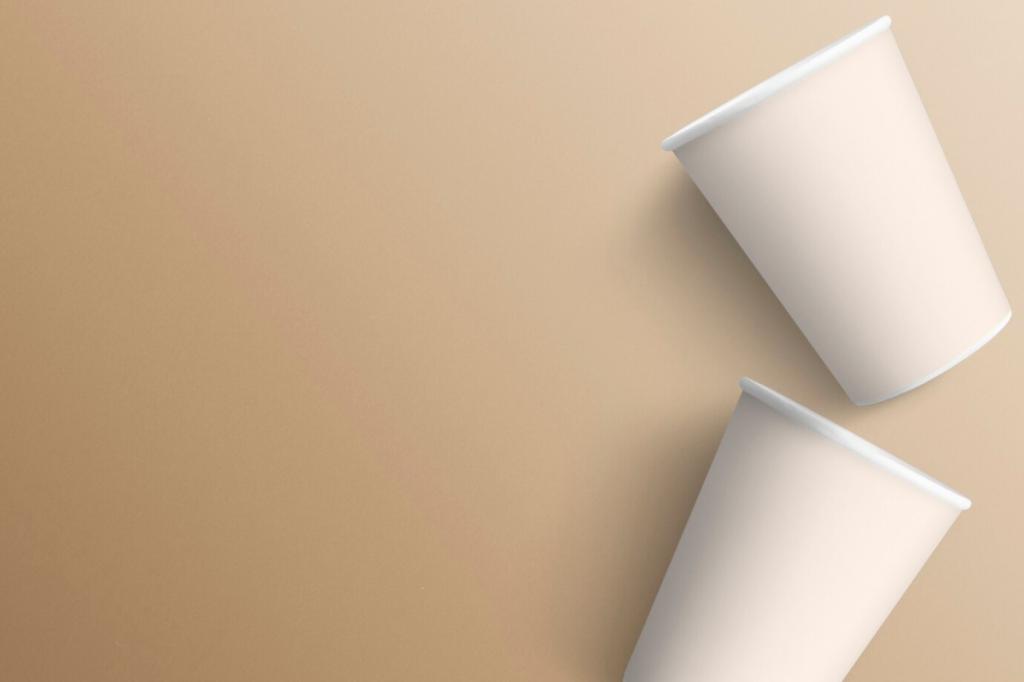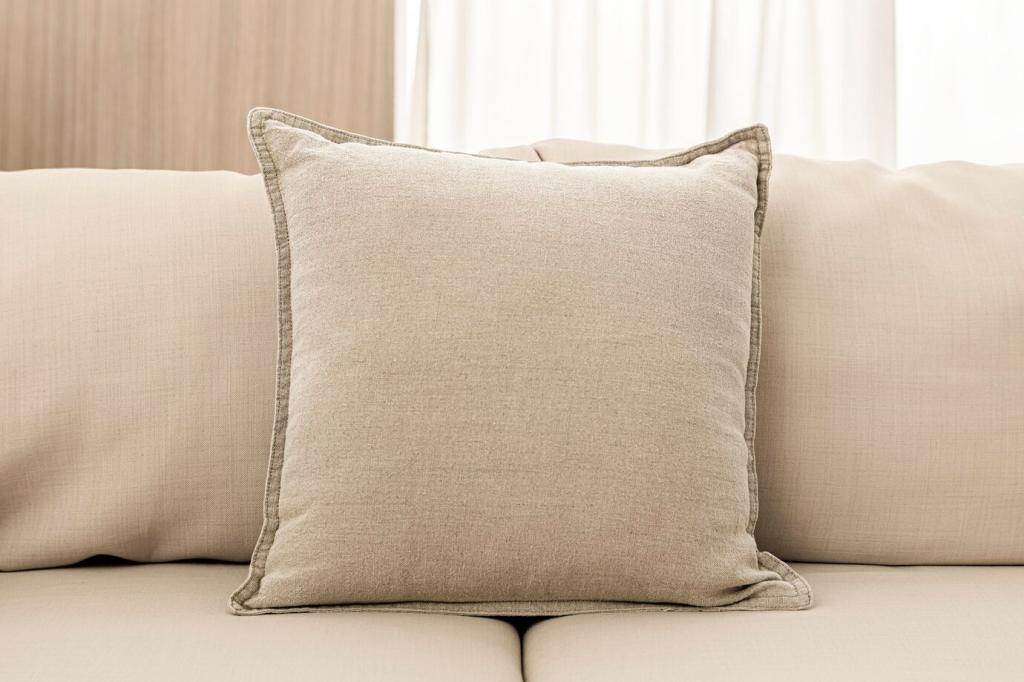
Sustainable Alternatives: Innovative Materials in Modern Furniture
Today’s chosen theme is “Sustainable Alternatives: Innovative Materials in Modern Furniture.” Explore how designers transform waste into wonder, harness nature’s performance, and embed circular thinking into everyday comfort. Join the discussion, share ideas, and subscribe for fresh material spotlights.
From Waste to Wonder: Upcycled and Recycled Materials
Beach cleanups once ended with heavy bags and heavier hearts; now those same plastics become sculptural lounge shells and woven straps. The story feels different when your seat rescues a shoreline. Tell us your favorite ocean-plastic furniture example.
Aluminum recycles almost endlessly, and remelting uses a fraction of primary energy. Designers are leveraging extrusions and castings for light, rigid frames that last decades. Seen a recycled-aluminum piece you love? Drop a comment and inspire others.
Spun from post-consumer bottles, PET felt panels dampen noise and cradle seats with surprising warmth. It’s repairable, replaceable, and color-rich without compromising recyclability. Subscribe to get our DIY guide for reshaping felt panels at home.

Nature’s High-Performance Materials: Bamboo, Hemp, and Cork
Rapidly renewing and remarkably strong, engineered bamboo laminates rival hardwoods for beams, legs, and tabletops. Clean grain lines, precise machining, and stable geometry make it a designer favorite. Would you choose bamboo over oak? Tell us why.
Nature’s High-Performance Materials: Bamboo, Hemp, and Cork
Hemp fibers bundled with bio-based resins create lightweight shells for stools, backs, and cabinet doors. The texture reads honest and contemporary. We tested a hemp shell stool through a humid summer—it held shape beautifully. Share your durability questions.
Nature’s High-Performance Materials: Bamboo, Hemp, and Cork
Harvested without felling trees, cork offers gentle compression and acoustic calm for seats, backs, and footrests. Its natural texture invites touch and forgives daily dings. Follow us for a cork-finishing tutorial with zero harsh solvents.

Living Labs: Mycelium, Algae, and Bio-Based Foams
Fungal mycelium grows through agricultural byproducts, setting into molded forms for panels and cores. After months of trials, a designer friend finally grew a lamp shade that smelled like earth and looked like porcelain. Curious? Ask us how it was sealed.
Living Labs: Mycelium, Algae, and Bio-Based Foams
Algae-based foams replace a portion of petrochemicals while leveraging photosynthesis’ carbon uptake. We tested seat cushions that felt supportive yet breathable. If you’ve sat on algae foam, share your comfort impressions and long-term bounce-back experience.
Designing for Circularity: Modularity, Repairability, and End-of-Life
Wedge-and-slot joints and captured fasteners let you assemble and flatten furniture repeatedly without damage. A reader moved apartments four times with a tool-free sofa frame—still tight. Got a modular hack that saved your weekend? Share it below.

Healthier Chemistry: Finishes and Adhesives That Respect Indoor Air
Low-VOC, Plant-Based Finishes
From linseed and tung oils to waterborne varnishes, low-VOC finishes protect surfaces while keeping air clean. We love the warm hand they preserve on bamboo and cork. Prefer matte or satin? Vote in our finish poll after subscribing.


Lignin and Soy-Based Adhesives
Next-generation glues reduce or avoid formaldehyde while delivering strong bonds in plywoods and laminates. In our bench test, edge joints held firm through seasonal shifts. Ask us for the adhesive comparison sheet—we’ll send it to newsletter readers.
Proving Impact: Metrics, Standards, and Honest Storytelling
Great LCAs define boundaries clearly, show sensitivity to transport and durability, and avoid cherry-picking metrics. We compare examples and translate jargon. What metric confuses you most—embodied carbon, eutrophication, or end-of-life credits? Ask, and we’ll demystify.


Stories From the Workshop: Prototypes, Failures, and Small Victories
We packed a mold with hemp shive and introduced mycelium. By morning, webbing had stitched a delicate skin that cured into strength. It felt like gardening furniture. Curious about humidity control? Comment, and we’ll share the grow log.
Stories From the Workshop: Prototypes, Failures, and Small Victories
A modular chair made with recycled aluminum rails and PET felt panels endured five relocations without a squeak. Tool-free pins saved hours each time. Got a moving-day survival tip for circular furniture? Share it with our community.
